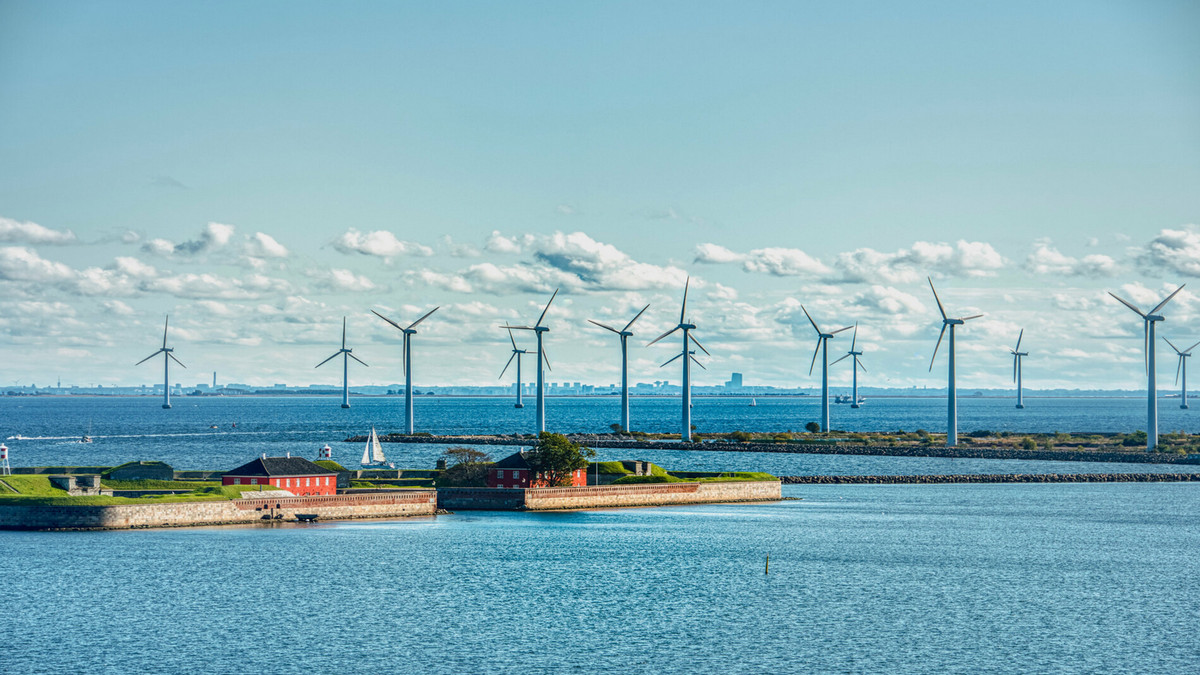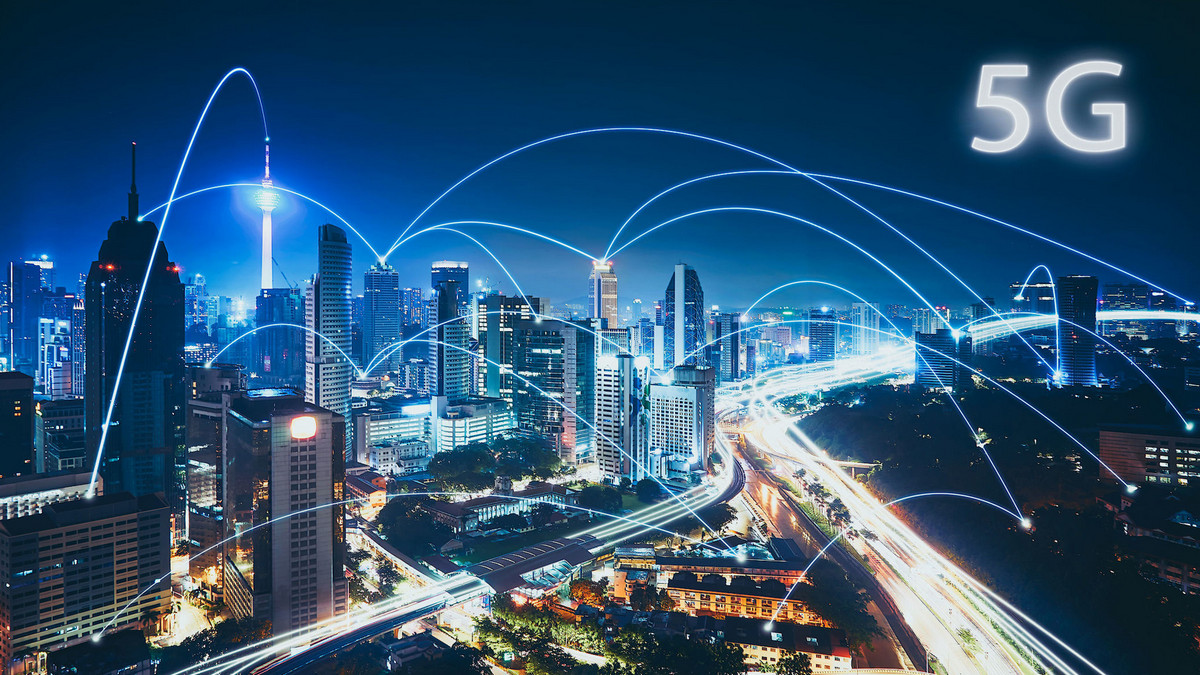Trend
In the new normal of future changes, whether it is the ICT industry, the supply chain, or even the industrial ecosystem, it is necessary to think about how to improve resilience to respond to environmental changes from a mid-to-long-term perspective. It will be important to improve the resilience of the supply chain from procurement to production. The key to future competitiveness.
2022-11-16 13:42:24
Electric vehicles are only a small part of the future mobility trend. The future trend is not only electric vehicles, but also generates hidden business opportunities, and the opportunities are endless.
2022-11-14 17:14:18
The demand for renewable energy is increasing day by day. Facing the instability of wind energy and solar energy, energy digitization can increase the productivity and availability of green electricity, such as using algorithms and blockchain technology to reduce consumption and improve flexibility.
2022-11-14 10:15:13
Refers to the use of imaging, medical image processing technology, and other possible physiological and biochemical means, combined with computer analysis and calculation, to assist radiologists in finding lesions and improve the accuracy of diagnosis.
2022-11-11 17:25:42
After the first year of green power in 2020, 2021 will usher in a new peak period of green energy development. So far, in addition to Google, Apple, Amazon and other major technology companies that have adopted nearly 100% of their green energy power generation, many multinational companies have also stepped into the ranks of green energy investment. After all, how does the green energy industry flourish internationally? Follow the information compiled in this article to understand the types of green energy power generation, the application situation in various countries, and take the lead in grasping the trend of green energy power generation!
2022-11-02 16:36:45
The introduction of chatbots into conversational commerce has become a trend of transformation, but for small and medium-sized enterprises, the cost of introduction is high, there is a shortage of information talents, and the amount of member data is insufficient. What benefits can enterprise get from investing in the introduction system?
2022-11-02 16:17:13
Why is flexible packaging and will continue to be a premium packaging solution?
2022-10-26 11:50:24
How to make good use of digital technology to analyze, formulate strategies, and respond quickly at the core of enterprise operations has become the key to development.
2022-10-24 10:18:50
5G is the fifth generation of mobile data technology. Designed to increase speed, reduce latency, and improve wireless service resiliency. In theory, 5G technology can reach speeds as fast as 20 Gbps, while 4G's top speed is only 1 Gbps. 5G also has less latency, improving the performance of business applications and other digital experiences such as online gaming, video conferencing, and self-driving car performance.
2022-10-20 15:38:12
To enhance competitiveness, manufacturers are driving a shift from a reactive problem-solving model to a more proactive device, process, product, and plant management model.
2022-10-12 14:08:14
Hot Topic
Agree










